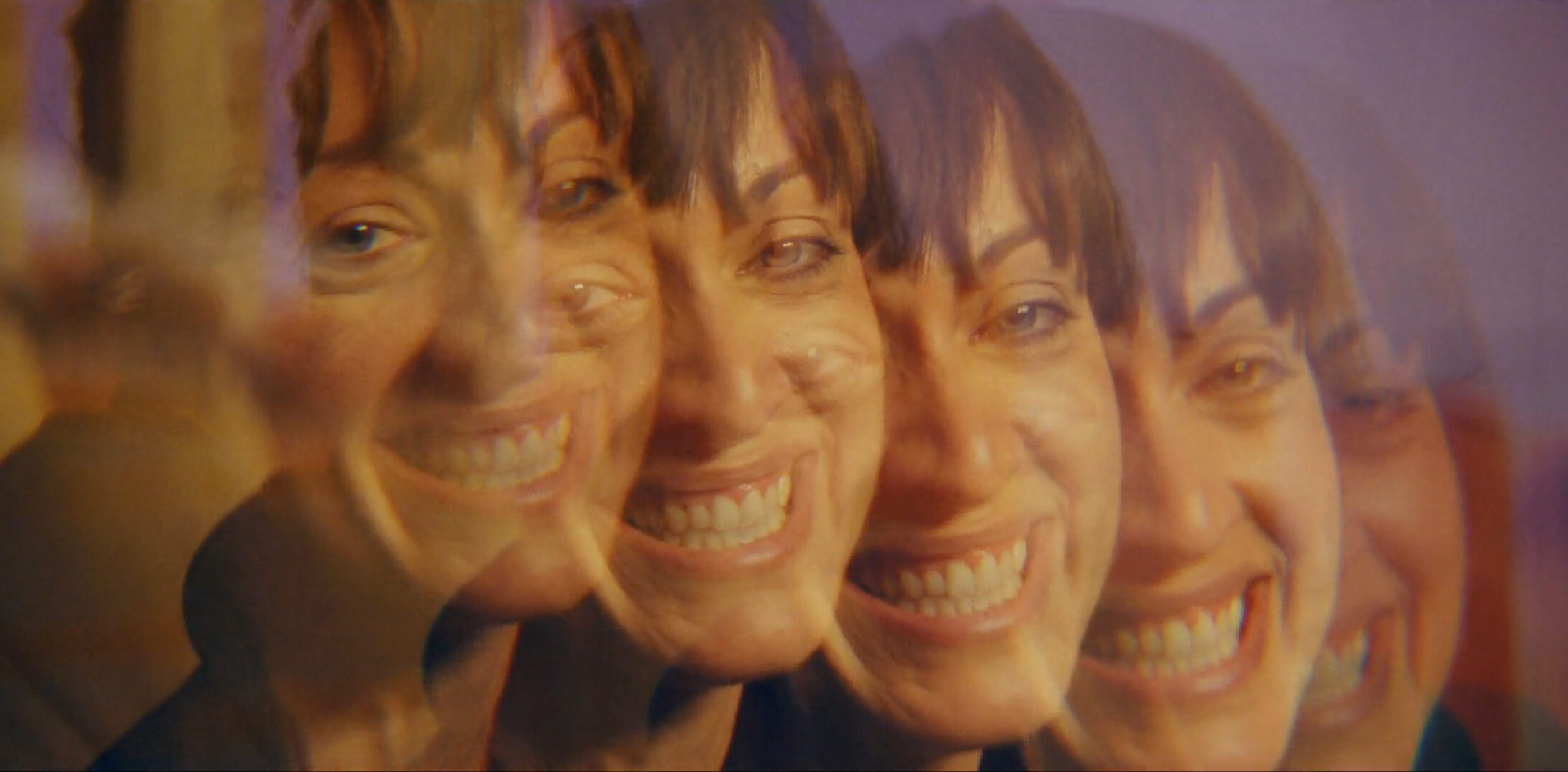HOUSE OF ASHES
dir. Izzy Lee

Jennifer Coolidge is characteristically coy with her audience. “I’m going to get a lot of hell for saying this,” she begins. “This is going to be something I might regret saying, but I think one of the best things to cure self-doubt is just. . . to go to really bad stuff.” The audience cheers while her fellow panelists laugh. “I’m talking about plays you hear about that are terrible. Go to them. There are shows on television that are terrible. Watch them.” She relates a time when she was at a low point, saddled with self-doubt and attended a production of Oliver. “I mean, everyone was bad in it! The whole show! . . . and I felt like the seas had parted. Like, I felt like I had a chance in this world.” This wise conclusion is met with thunderous applause from the Vivid Sydney festival attendees.
House of Ashes, director Izzy Lee’s feature film debut, is the lousy production of which Ms. Coolidge speaks, the sort of thing budding filmmakers and horror enthusiasts should watch when searching for a boost in self-confidence or a laugh. The film stars Fayna Sanchez as Mia Sheldon, a grieving widow under house arrest for miscarrying (she lives in an unnamed red state where this is presumably illegal). She is suspected in the death of her late husband (Mason Conrad) and lives in a suburban home done in a cheap house-flipper style with Marc Winters (Vincent Stalba), an old flame who has returned to her life to keep her warm at night and help her see this challenging time through. The film opens shortly after Mia’s conviction. Her verbally abusive parole officer (Lee Boxleitner) straps her with an ankle monitor, reads off her responsibilities under house arrest, and warns Marc that “two people have died around her,” before making his exit.
There’s something off about Marc. For one thing, he can’t act (but then again, neither can she or really anyone cast in Ashes). The lines he delivers with the same stiff inflection might have slowly clued the viewer into his insidious intentions had he tried to put on a convincing performance of care and affection for Mia at least some of the time. Instead, he comes off as robotic from the start, and no one is shocked when it turns out he’s a twisted killer with a hatred for women. But he’s not the only force for chaos lurking within the enameled corners of Mia’s McMansion. As it turns out, the ghost of Mia’s late husband haunts her abode, causing various household possessions to disappear ad nauseam, with appropriately clumsy CGI rendering. We initially believe this specter seeks to harm his surviving wife. However, after a sequence implying that Marc is the one who killed him, we learn that the husband’s ghostly interventions are meant to protect Mia from Marc’s bloodlust.
Ashes is supposed to be a deeply political film. It’s supposed to symbolize the horrors of the reactionary backlash against women’s autonomy currently gripping Middle America, with Mia standing in as the everywoman, confined to domestic servitude and entirely reliant on a male provider for care, financial support, and access to the outside world. To hit us over the head with this theme, the parole officer refers to Mia and Marc as “snowflakes.” But beyond the fact of Mia’s miscarriage, the viewer has no reason to believe our hero is a bleeding-heart liberal, leftist, or feminist. There’s granola in the cupboards, no MSNBC droning on in the background, no magnets from Portland, Oregon, on the fridge, or #HateHasNoHomeHere signs in the yard. As a matter of fact, she doesn’t have much to say about the reproductive injustice of her confinement at all. Instead, we’re left with a dull movie that mainly consists of a woman sitting around her home, feeling frightened and then empowered by the ghost of her dead husband.
On a technical level, the film is poorly executed. Scenes are lit up like an arcade with unnatural hues of orange and purple that look wildly different from shot to shot, turning each scene into a patchwork of visuals that do not come together into a semblance of a continuous narrative. Unnamed characters pop in and out with little explanation, subplots are briefly considered and then set aside, and once we know the supernatural forces in the house are a force for good, all tension immediately dissipates. Lee hardly gives us any gore or thrill to underscore the political message she thinks she’s conveying. On this point, perhaps the worst crime of Ashes is the director’s hubris. At one point, we watch Mia relaxing in her living room with a good book. The book in question? It’s the director’s own novella, a narcissistic plea to viewers who have taken the film seriously thus far to recognize their folly.
As far as its merits go, House of Ashes is quite funny when viewed as an intentional failure of political allegory, suspenseful thriller, or both. It’s what you tune in to when you’ve got something else on your mind and need to be mildly amused to pass the time. Or, taking a page out of Ms. Coolidge’s book, Ashes works as an aesthetic foil to any insecure young filmmaker, actor, writer, or artist seeking the reassurance that they have something to offer, that perhaps their perspective is entirely fresh and that there is still time to make art about a new era of female subjugation that is far more terrifying than this “horror” film would have you believe.
Claire Orrange is a fiction writer and critic residing in Brooklyn. Her monthly column for the Bloodletter newsletter, LIFEBLOOD, probes the velvety recesses of the Gothic artform.
Instagram: @hyperpopprincess
